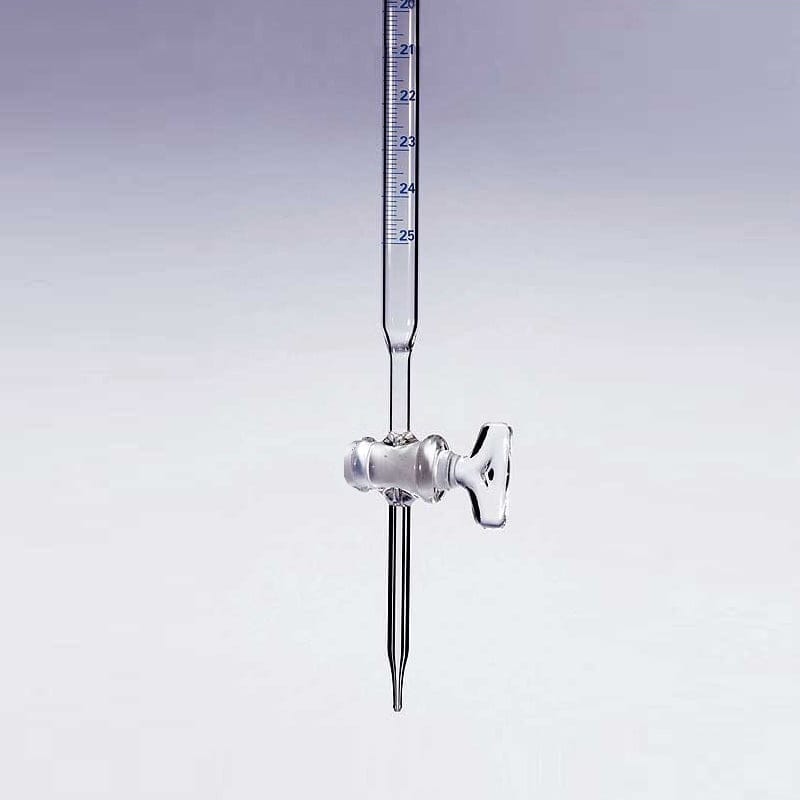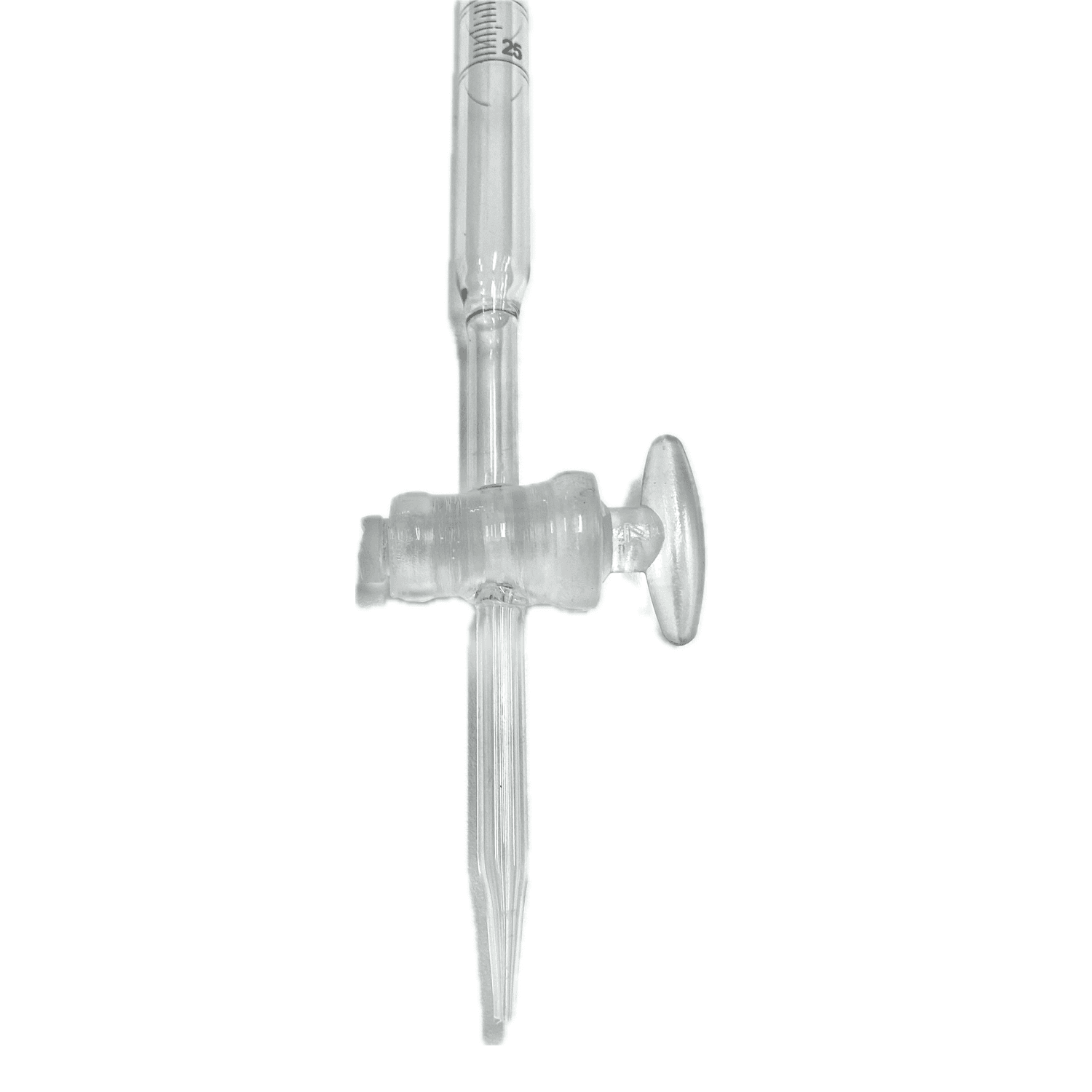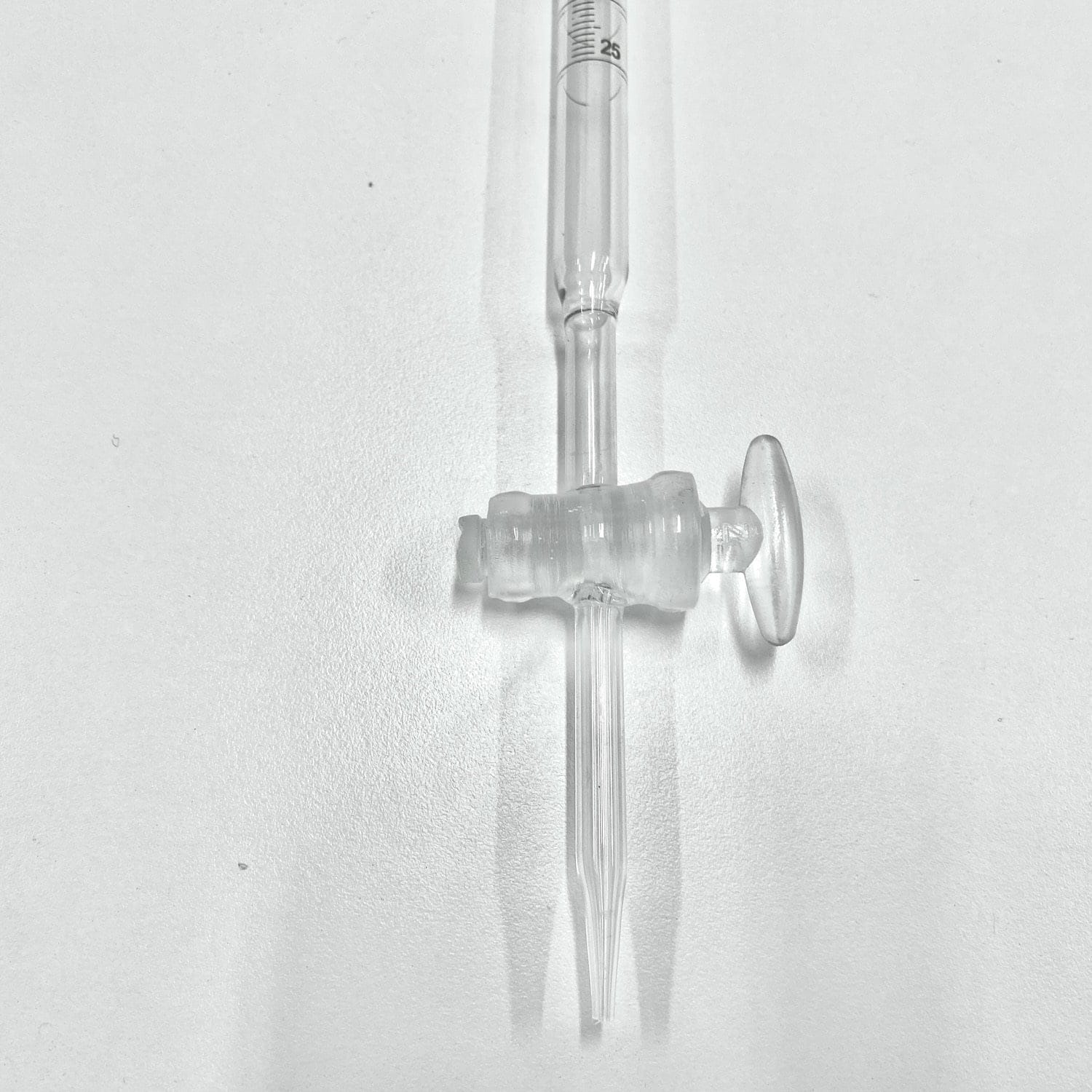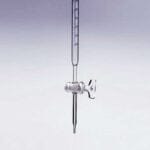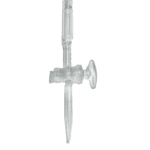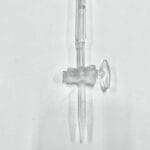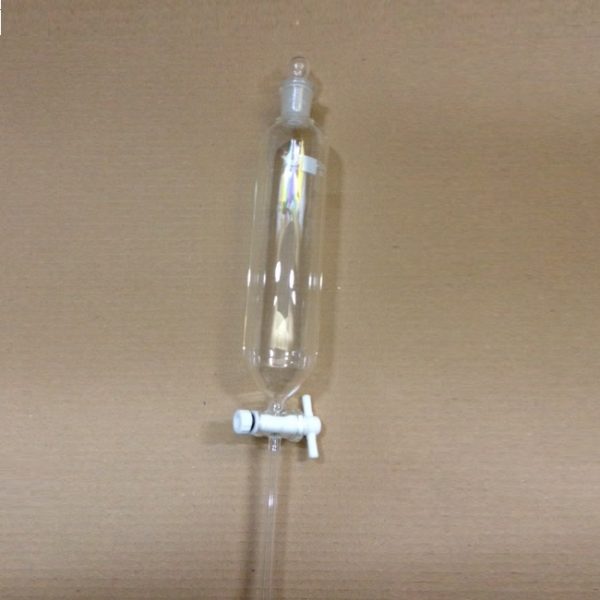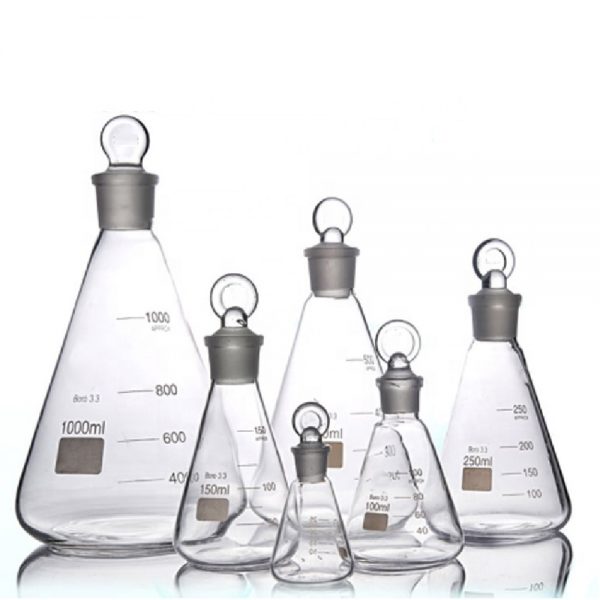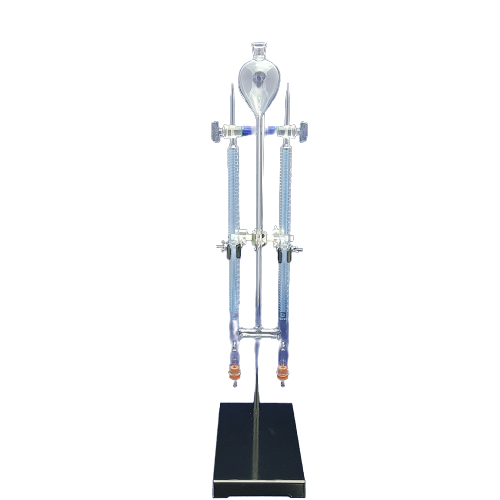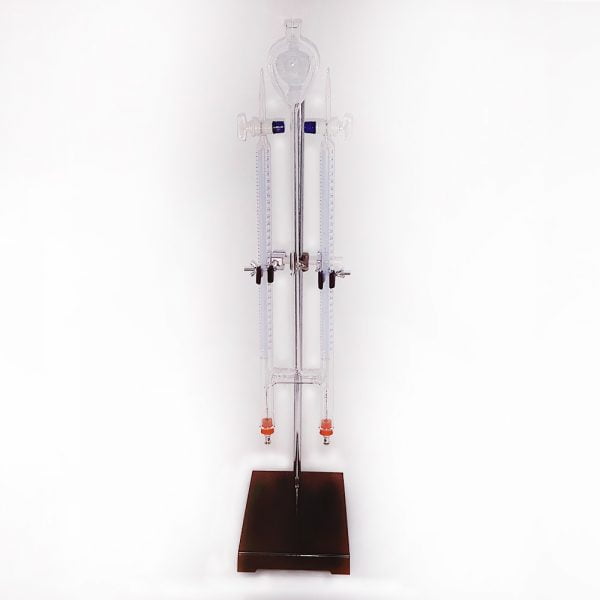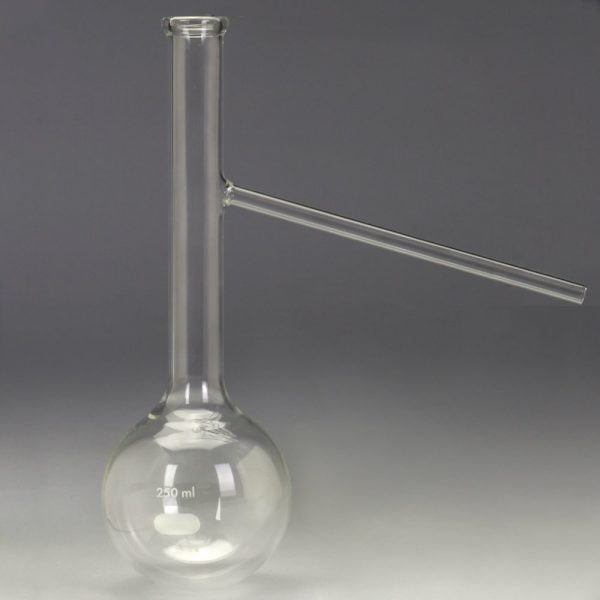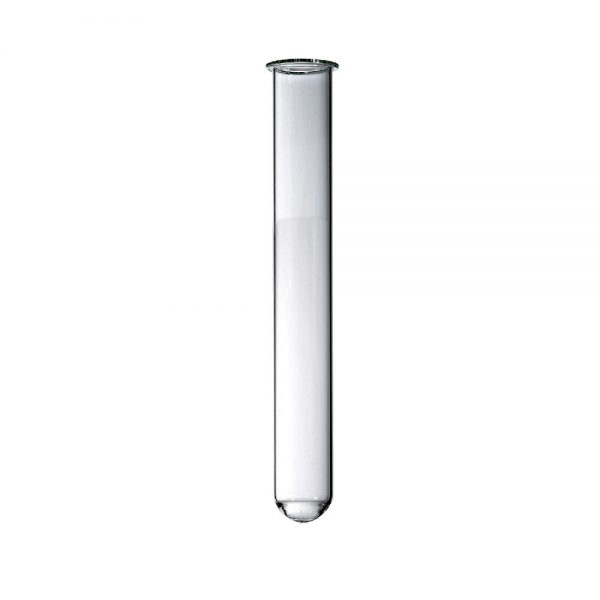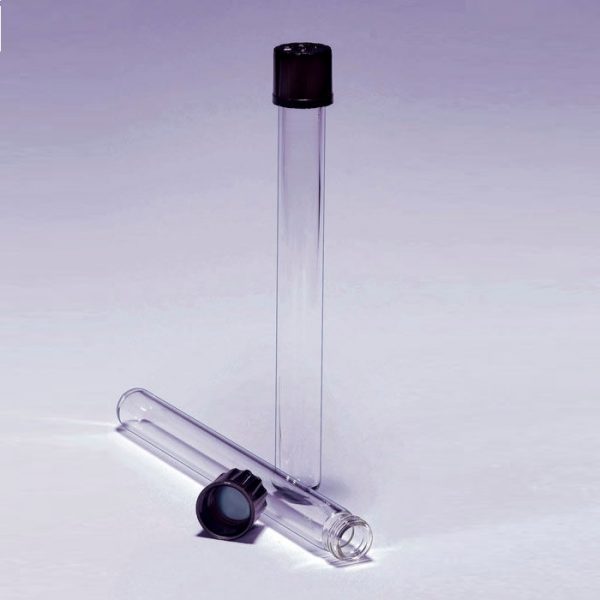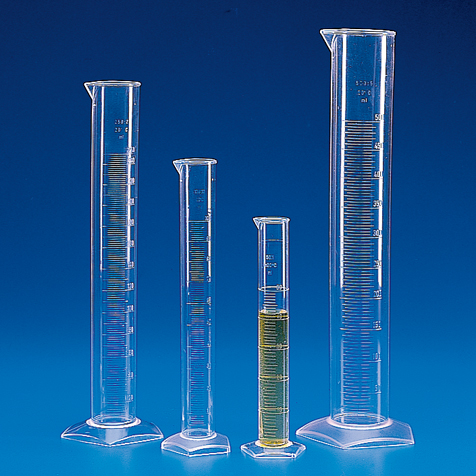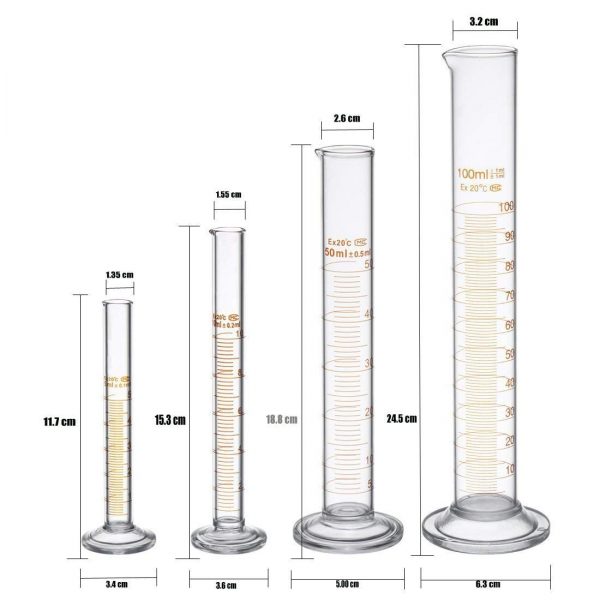Burette with glass Stopcock
Available in:
- 25 ml
- 50 ml
- 100 ml
A burette (also buret) is a graduated glass tube with a tap at one end, for delivering known volumes of a liquid, especially in titrations. It is a long, graduated glass tube, with a stopcock at its lower end and a tapered capillary tube at the stopcock’s outlet. The flow of liquid from the tube to the burette tip is controlled by the stopcock valve. There are two main types of burette; the volumetric burette and the Piston burette or Digital burette.
How to use a Burette with glass Stopcock:
STEP 1:
To fill a Burette with glass Stopcock, close the stopcock at the bottom and use a funnel. You may need to lift up on the funnel slightly, to allow the solution to flow in freely. You can also fill a buret using a disposable transfer pipet. This works better than a funnel for the small, 10 mL burets. Be sure the transfer pipet is dry or conditioned with the titrant, so the concentration of solution will not be changed.
Before titrating, condition the buret with titrant solution and check that the buret is flowing freely. To condition a piece of glassware, rinse it so that all surfaces are coated with solution, then drain. Conditioning two or three times will insure that the concentration of titrant is not changed by a stray drop of water.

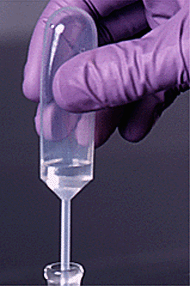
STEP 2:
Check the tip of the Burette with glass Stopcock for an air bubble. To remove an air bubble, whack the side of the buret tip while solution is flowing. If an air bubble is present during a titration, volume readings may be in error.
Rinse the tip of the buret with water from a wash bottle and dry it carefully. After a minute, check for solution on the tip to see if your buret is leaking. The tip should be clean and dry before you take an initial volume reading.
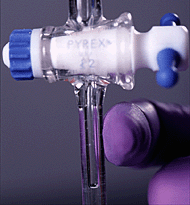
STEP 3:
When your Burette with glass Stopcock is conditioned and filled, with no air bubbles or leaks, take an initial volume reading. A buret reading card with a black rectangle can help you to take a more accurate reading. Read the bottom of the meniscus. Be sure your eye is at the level of meniscus, not above or below. Reading from an angle, rather than straight on, results in a parallax error.
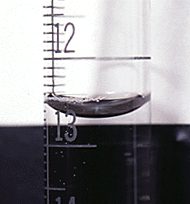


 Botzees
Botzees Keyestudio
Keyestudio Fischertechnik
Fischertechnik